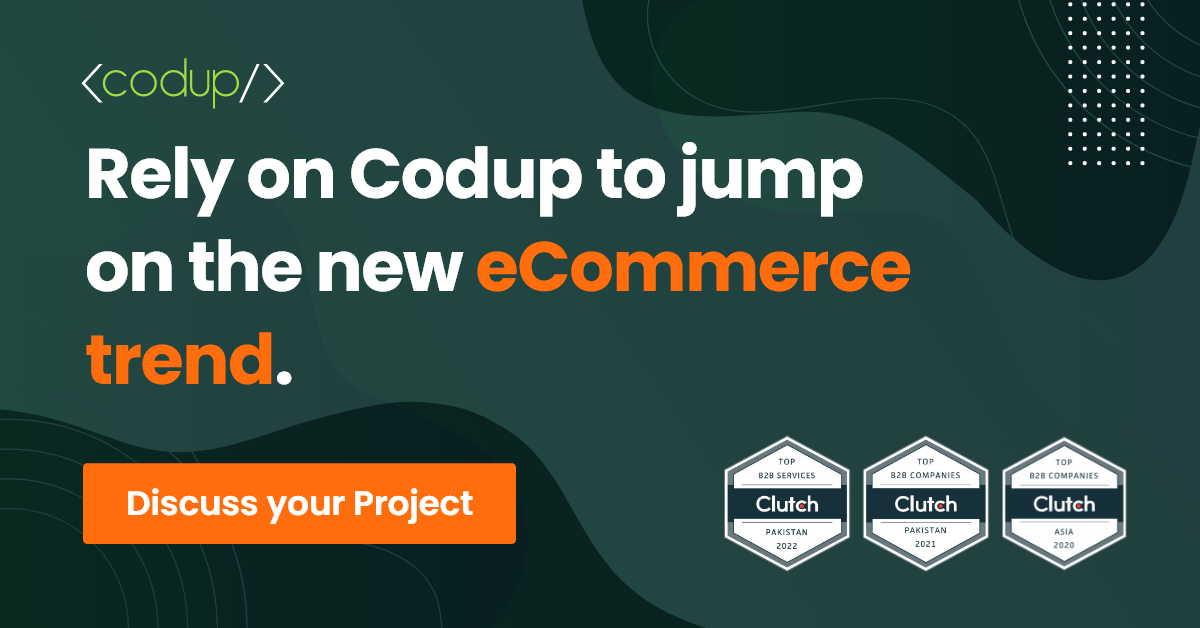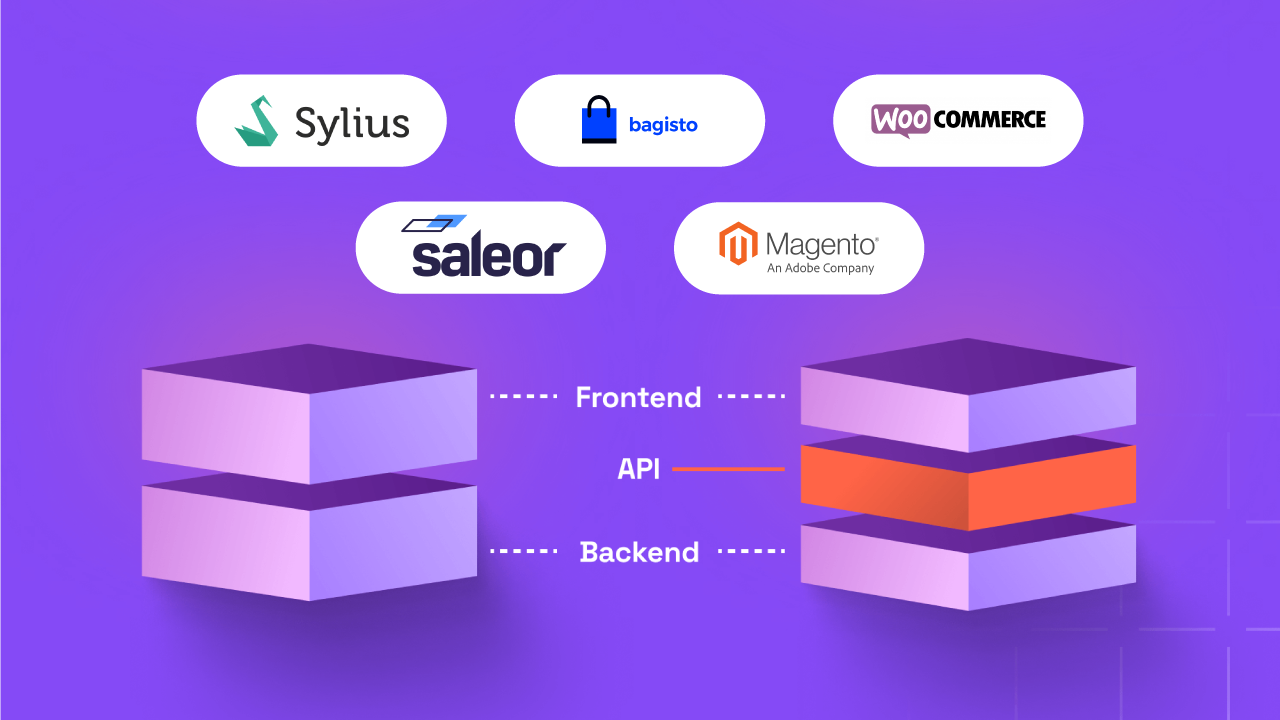5 Signs it’s Time to Consider Headless eCommerce

Being an online retailer, you focus on delivering the right message to your audience. it is to build trust and credibility for your store in the competitive eCommerce industry. however, often there are signs your website is telling you to opt for a modern and flexible headless software architecture rather than being stuck on the same old, inflexible monolithic system — think low conversion rate or perhaps an outdated design resulting in higher cart abandonment rates. But the question that comes with it is: are you listening?
But What is a Headless Software Architecture?
In simple words, headless commerce software architecture means the separation of your storefront and the system functionalities of your website. So, head in headless refers to the front end or the website interface that users interact with, which is separated from the back end, the infrastructure and functionalities that help the website work efficiently.
How Do You Know When it’s Time to Go Headless?
There is a multitude of problems that screams that your website architecture needs a necessary makeover and jump on to the headless commerce solution. Here are six major issues or signs telling it is time to shift to headless commerce.
1 . When You’re Drowning in Tech Debt
Tech debt or technical debt, in simple words, is the consequence of prioritizing speedy delivery over perfect code.
Being an eCommerce business, there is quite a possibility, that you, like others, started out with a basic eCommerce site hosted on platforms like WooCommerce or Shopify. You installed apps for certain capabilities and made updates to the themes and functions.
Now, you are at a point where your website is not functioning properly or is too slow to even go and explore. Or it could be that the marketing dept is asking for a new feature. But your code is so messy that refactoring it will add to the tech debt.
Platforming it at this point will allow you to implement new features easily without messing the code. Plus, your front end is not limited to how you want your front end to look.
2 . When Your Website Loading Speed is Too Slow
Let’s just talk about one important element here: site speed. It is important to have your website speed optimized, cause if not, it’ll affect your conversions. It drops about an average of 4.42% with each additional second it takes to load. So, if your page is taking more than five seconds to load, you’ve lost significant conversions for your website.
Read Also: 7 Key Ways To Speed Up Your WordPress Site and Improve Performance
But how does headless solve this problem? The challenges highlighted above, including site speed and customer experiences, headless commerce tackles exactly that. When your software architecture is divided into two parts, the functionalities and capabilities of your website will not impact the aesthetics of it. That will allow it to load a lot faster and the best part, it can be customized to make personalized experiences.

3 . When You’re Ready to Invest in Web Development
Going headless means investing hefty capital into website building. However, if you take into account the customization to maintain your existing eCommerce solution, the cost is nearly similar to the headless commerce solution.
With monolithic architecture, you do not have the ability to customize the theme according to your business. You pick a theme and start building your store around it. Soon, you may need to add new features and various plugins to customize your store, but it restricts your freedom to play around with new features.
The fact is, a monolith website only restricts flexibility and you take decisions that end up slowing down your website leading to decreased conversions. On the other hand, the headless solution allows you to build componentized software, which requires a higher investment upfront but results in lower costs over time.
4 . When Creating Personalized Experience Becomes a Priority
With the “head” or front end decoupled with the functions, it is easier to customize the front end for the modern digital market. A Salesforce report found that over 70% of customers say they expect companies to understand their unique needs and expectations to provide a better experience. Using headless technology gives merchants the flexibility to be flexible, communicative, and consistent with their customers.
Now personalization requires you to add more features that allow you to keep the main structure the same but change the sub-content to be more customer-specific. However, doing it on a monolith structure leaves you back to square one, i.e., more technical debt and slow site speed which also impacts the customer experience. but doing it in the headless environment lets you use the best-in-breed solutions, driving the best possible experience to your customers every time they visit your website.
5 . When You Want to Optimize for Multichannel Experience
Today more customers than ever use their mobiles to shop. Statista states that mobile commerce accounted for two-thirds or 65.7% of all global eCommerce retail. With numbers like this, building a mobile-first website just makes sense.
Headless architecture is the go-to solution for brands looking to level up their multi-channel customer experience. it allows you to integrate different channels and deliver experiences — all without needing to manage the experience through separate tools and processes.
Ready to Go Headless?
If your website is continually signaling you with the problems mentioned above, going headless is the approach for you.
Likewise, if your business operations are becoming more complex and you want to compete in the market by making experiences, the Headless Commerce architecture can get your business a brighter future.
If you are considering headless commerce for your business, there are a number of headless eCommerce platforms that you can choose from. Some of the most popular platforms include:
- Shopify Plus: Shopify Plus is a powerful headless commerce platform that offers a wide range of features and functionality.
- Commercetools: Commercetools is another popular headless commerce platform that is known for its flexibility and scalability.
- Magento: Magento Commerce is a powerful eCommerce platform that offers high levels of customization for developers to build applications tailored to their client’s needs.
- BigCommerce: BigCommerce is a popular eCommerce platform that provides businesses with powerful tools to manage their online stores. Its user-friendly content management system and drag-and-drop editor allow businesses to create custom digital storefronts easily.
The best headless eCommerce platform for your business will depend on your specific needs and requirements. However, all of the platforms mentioned above offer a good starting point for businesses that are considering headless commerce.
Connect with experts at CODUP for top-notch eCommerce website development services.




